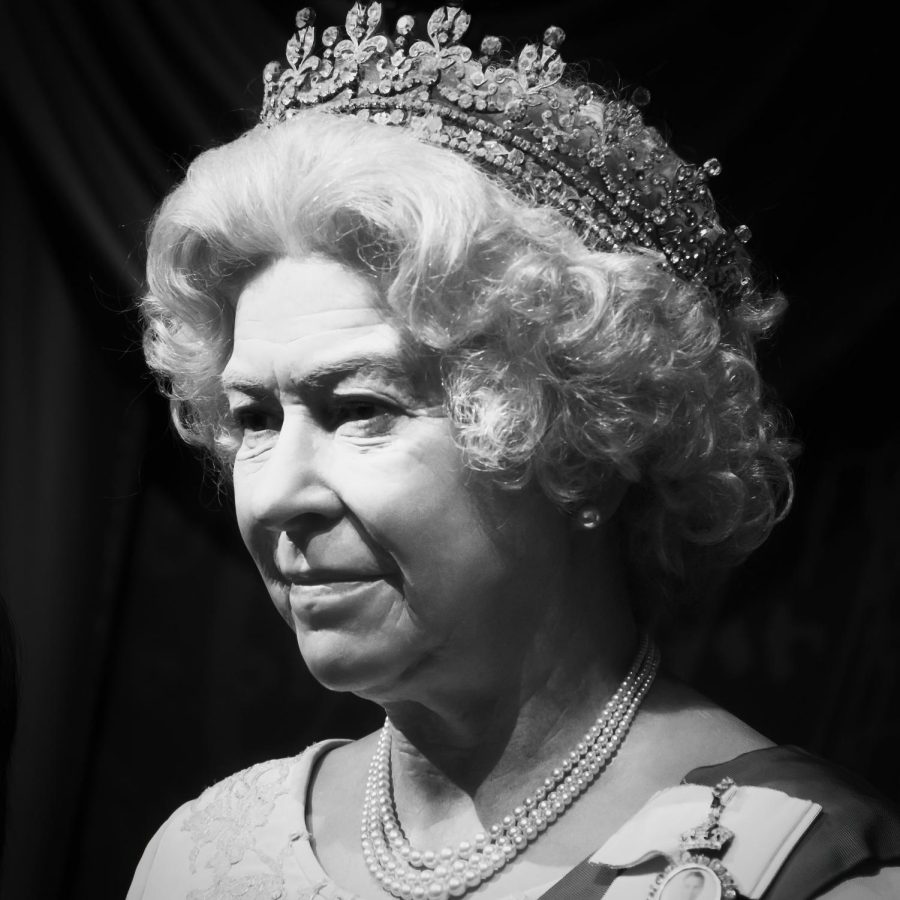Women Who Once Ruled the World- Queen Elizabeth II
November 1, 2022
Throughout history, leadership was usually carried out by men. Monarchs, Czars, Nobles, Presidents, etc- the majority of which were indeed men. Over and over, women have heard phrases such as, “women are too emotional to rule”, “women aren’t as strong as men”, “women are too bossy”, etc. Although, these statements could not be any more false! Women throughout time have proven themselves as fit rulers, and sometimes even better than their past male rulers. With the recent tragedy of England’s Queen, Elizabeth II, passing, we will be highlighting her many accomplishments, as well as some of her mistakes that gave her a space to learn and grow as a world power. Every ruler will always make poor and excellent decisions, no matter the gender of the person in power. So now onto the triumphs of Queen Elizabeth:
- In 1965, Queen Elizabeth made a trip to Germany on the 20th anniversary of the ending of the second world war; she had actually been alive for and even participated in it. Her visit to West Germany was the first British appearance since 1913. The significance of her making room in her very busy diplomatic life is centered around the fact that no other British monarch had properly acknowledged Germany as a world power after World War Two. After the war it was extremely crucial that Germany not be a world power, but as years passed and Germany attempted to right their wrongs. Germany redeemed its spot back on the world stage. The Queen’s actions helped to symbolize the reconciliation between the two countries and recognize Germany’s re-emergence as a power in Europe.
- Monarchs in Europe, specifically England, have always practiced waving to the crowds of their people from afar. This type of action re-institutes monarchs’ complete and utter power over their people and a form of superiority. However, this tradition was broken by the Queen in May 1970. Instead of protecting herself and acknowledging her people from a distance, she made her way into the crowd to personally greet as many of her faithful people as possible. This broke the royal tradition; however, it created a new one.
- In 1984, Prime Minister Margaret Thatcher finally agreed to return sovereignty over Hong Kong to China; this allowed the Queen to be the first British monarch to visit the Chinese mainland. The importance of this visit is actually centered around the fact that her husband had made racist claims in the past. Philip, her husband, had told students that if they stayed in China too long they would get “slitty eyes”. Queen Elizabeth’s diplomatic actions in visiting China allowed the media to outweigh her husband’s racist ideologies.
- The Queen’s 50-year celebration of being on the throne was celebrated within weeks of her younger sister’s death as well as her mother’s. This was called the Golden Jubilee, which a British monarch had not done since Queen Victoria. The Golden Jubilee is simply a celebration of something or someone being recognized fifty years after the first day of their important event, in this case, that was the mark of the Queen’s coronation. The Queen spent this celebration traveling around 40,000 miles, visiting different countries such as the Caribbean, Australia, New Zealand, and Canada. She also visited 70 cities and towns in 50 counties in the United Kingdom.
- It is known that England and Ireland have always had a feud over various topics. The majority of these have to do with how the English treated the Irish in the context of religion. Although we will not be getting into the details of the feud, the following actions make the previous context critical. In May 2011, Queen Elizabeth and Phillip visited the Republic of Ireland. Although the Queen has visited Ireland, she has not visited the Republic of Ireland. This was a crucial moment because no other British monarch had in the past 100 years. This event was the marking of a new friendship between the two countries because the Queen actually addressed the past tensions. She acknowledged what had happened in the Anglo-English past and voiced her sympathy. She was quoted saying, “Sincere thoughts and deep sympathy” for the victims.
These actions and visitations were crucial to Queen Elizabeth’s rule because she only had so much power, seeing as the government of England is a constitutional monarchy; this means that Parliament makes the majority of the decisions on behalf of the people. Queen Elizabeth was a staple of stability to the people of England. Many people loved and admired the Queen of England for the things she accomplished in her lifetime. Someone near and dear to Dover High School, Mrs. Nottingham, is one of the biggest supporters of the Queen I know and can be quoted saying: “Elizabeth II was not a perfect woman. None of us are. But she was a woman of great personal strength who faced bitter loss, constant scrutiny, and biting criticism with dignity and grace. She always placed her duty to her country before her own personal interests, a quality that distinguishes her as a great leader. She also had a mischievous side and a good sense of humor. I’ve had the opportunity to tour her homes and castles, and I was lucky enough to see her on a previous trip to London. She was a tiny lady but a mighty woman.”
One of the most admirable things about Queen Elizabeth is her ability to correct her mistakes and recognize them. Most people, royal or not, are incapable of doing. She has acknowledged many of her actions as mistakes such as how she handled Princess Diana’s tragic death and the absence of presence in South Wales during a natural disaster. When Princess Diana died in a car crash, Queen Elizabeth refused to allow the flag to fly at half-mast, or even acknowledge the grieving nation. At the urging of her advisors, she allowed the flag to fly at half-mast and on National TV delivered a rare address to the crowds of mourners. It is known to many that tensions within the royal family have been constantly in the media. Yet, for her to realize that Diana was indeed the country’s favored Princess, she had to address the grieving nation. Along with this mistake, she also did not immediately rush to help South Wales after an avalanche of mud, debris, and water from a coal mine buried an elementary school. Prince Phillip on the other hand went to help the day after finding out about the incident. The Queen’s reasoning for not rushing to aid was that she worried her presence would distract people from the real issue. The Queen did eventually find her way to South Wales over a week later, but she admitted she deeply regretted not arriving sooner. It is crucial for someone in power to realize that they can make mistakes, as well as, make a difference even after messing up; this Queen Elizabeth II did perfectly.


